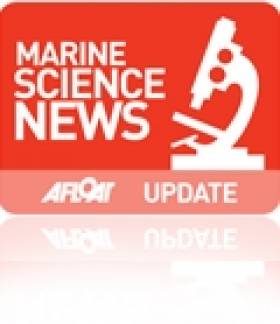Displaying items by tag: Our Place in Space
Explorers Team Goes Out of the Deep and into Space for Science Week
The Explorers Education Programme run by Galway Atlantaquaria with the support of the Marine Institute is emerging out of the deep blue sea and into space to celebrate the launch of National Science Week 2010. 'Our Place in Space' is the theme for this years Science Week event and the aquarium have organised a Family Fun Day on Sunday 7th November from 12.00 noon. We're offering a special price on the day of €12.00 for one adult and one child to include all activities.
This annual event at the aquarium will include interactive displays and talks from the Galway Astronomy Club and the Dept. of Physics & Astronomy at NUI Galway, Space Invaders and Pac Man games, Face Painting, Cartoon Art lessons for Aliens by the Marine Institute and a display of Ireland's very own Alien Species! A host of fun activities for all the family with Galaxy Art & Crafts and Amazing Space Science Experiments is organised. The event will be opened by Mayor of Galway, Cllr. Michael Crowe.
In a run up to the event, Galway Atlantaquaria is calling on primary school children to create an Alien Sea creature to celebrate Science Week 2010. Children are invited to use their own imagination to create their Alien Sea Creature works of art using discarded or reused materials. Age category prizes on offer and all entries will go on display at the aquarium. Remember all finished art work must be at the aquarium by Thursday 4th November and don't forget to include your name, age and school to your entry.
Science Week 2010 aims to raise awareness of the space industry in Ireland, with a wide range of activities taking place which will look at the latest happenings in astronomy and space exploration. For more information see details on the Galway Atlantaquarias website or contact 091 585100 or email [email protected]























